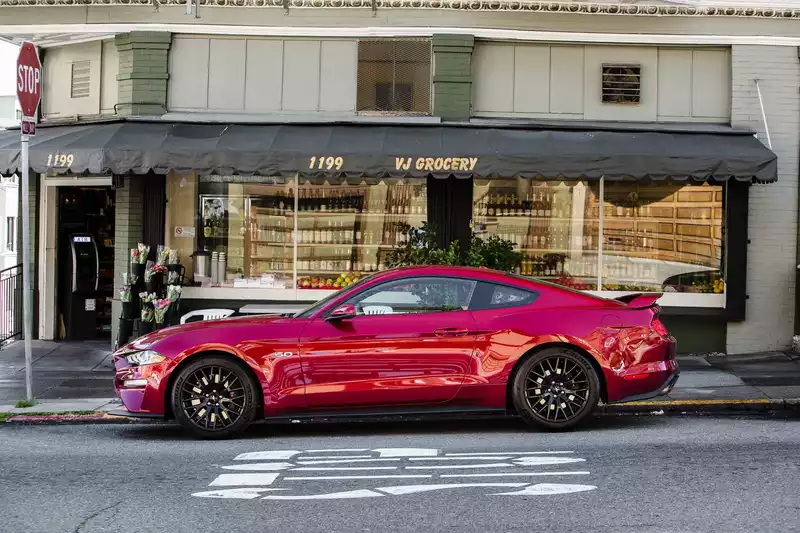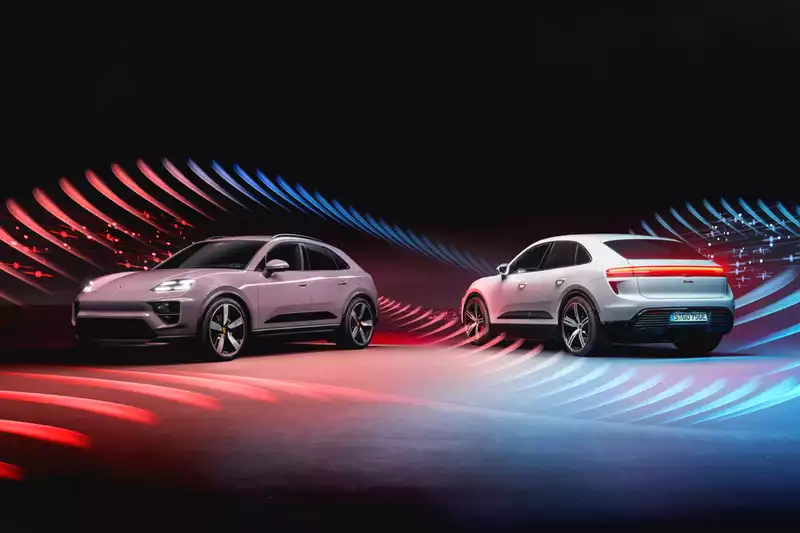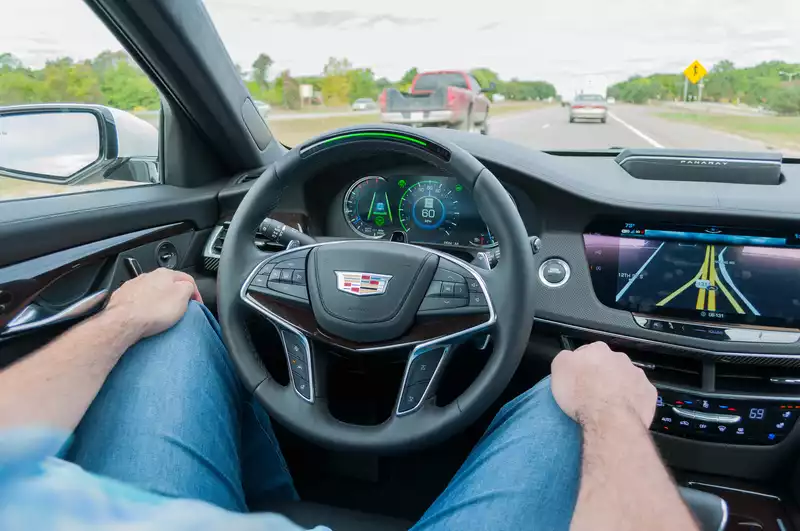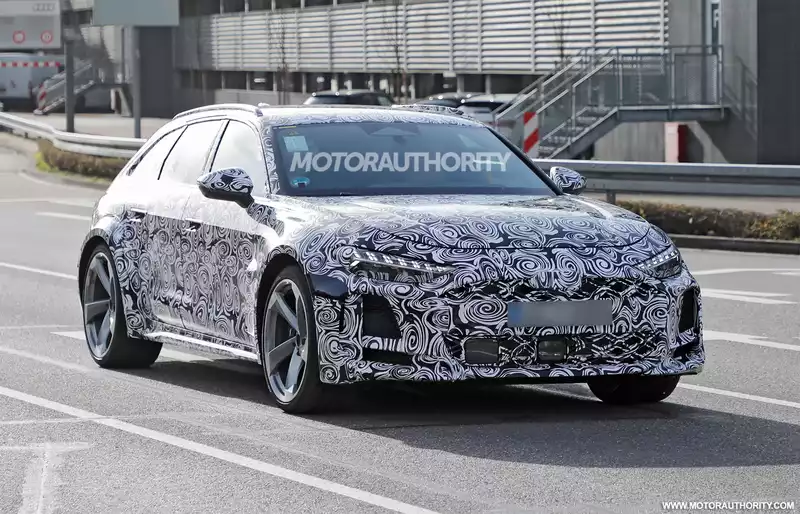Can hydrogen keep an internal combustion engine alive?
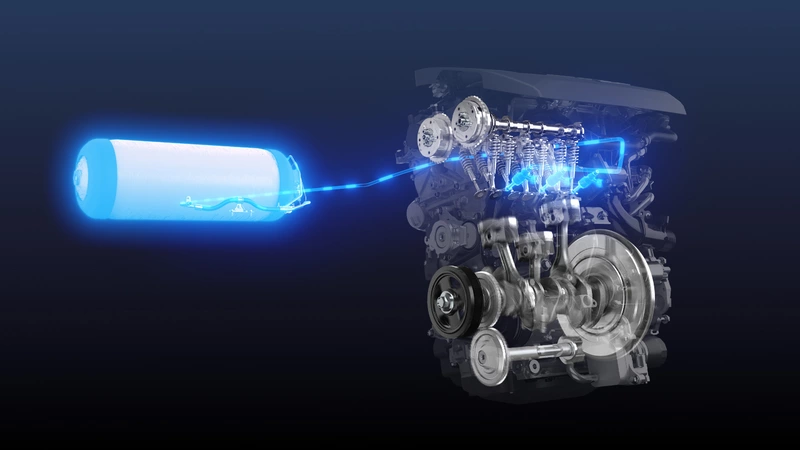
Tougher emission requirements are making it increasingly difficult for automakers to offer vehicles with internal combustion engines, and there are even attempts to ban internal combustion engines altogether, such as in the UK. [Interestingly, the savior of the internal combustion engine may be hydrogen.
Many automakers are proposing to turn hydrogen from renewable sources into a carbon-free synthetic fuel. Porsche and its partners have even built a pilot plant capable of producing synthetic fuel on an industrial scale.
Toyota is currently testing a different, much older hydrogen solution that involves the direct combustion of hydrogen in an internal combustion engine.
Last week, Toyota unveiled a race car with an inline three-cylinder engine designed to run on pure hydrogen. The race car is still undergoing testing, but is expected to compete in the 2021 Super Taikyu 2021 series in Japan this May.
As mentioned above, this decision is not new: BMW has previously unveiled a 7 Series prototype with a hydrogen-powered V12 engine. That was in 2006. The main changes required were fuel storage and fuel injectors.
When hydrogen is burned, CO2 emissions are zero. However, this technology is not without its drawbacks. The combustion of hydrogen in internal combustion engines produces harmful nitrogen oxides. However, there are ways to minimize this phenomenon, such as the use of urea-based selective catalytic reduction, as in modern diesel engines.
Another major problem is inefficiency, as mentioned above. Energy is already lost in the production of hydrogen from renewable sources, and only about 25% of the energy value of hydrogen is actually transferred before it is burned in the engine, driven by the transmission, and finally transferred to the wheels.
This is why fuel cell electric cars like the Toyota Mirai make more sense when using hydrogen as a fuel. Hydrogen combines with oxygen in the air to produce electricity, which can then power the engine and directly move the wheels. In this case, the efficiency is close to 50%. In addition, there are no harmful emissions. Just water.
Another drawback to hydrogen? There is no infrastructure to produce pure hydrogen and deliver it to consumers. So in the future, the main source of personal transportation will be battery electric vehicles that can use the existing electric grid, but hydrogen may take over in long-distance transportation.

